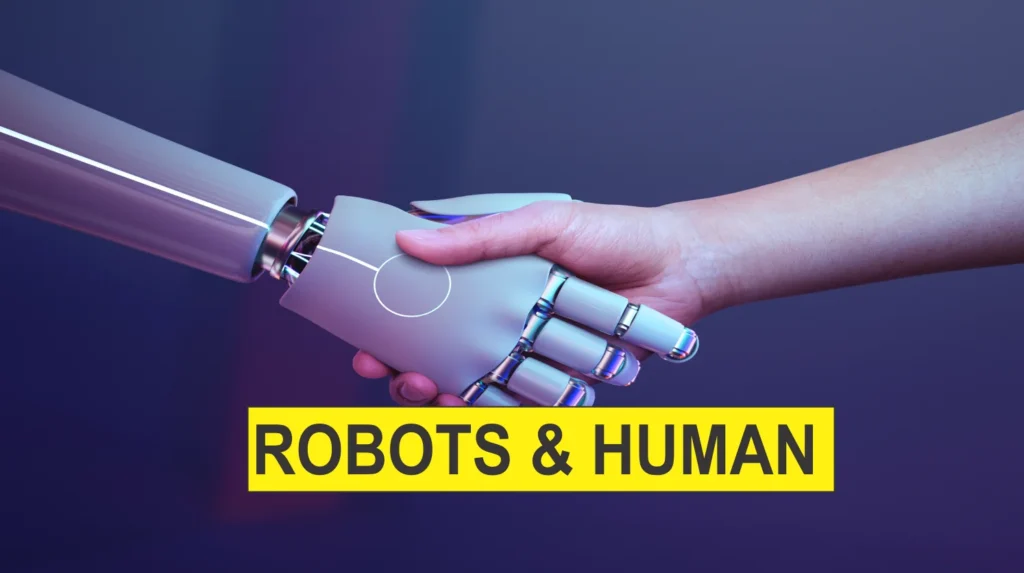The brains behind Chat GPT
ChatGPT is not the invention of a single individual but rather a product of the collaborative efforts of the research and engineering teams at OpenAI. OpenAI is an organization focused on artificial intelligence research and development, and ChatGPT is one of the models they have created. It builds upon the advancements made in natural language processing and deep learning by the broader AI research community.
While no single person can be credited as the sole inventor of ChatGPT, it represents the collective work and innovation of many individuals within OpenAI and the wider AI community who have contributed to the development of the GPT series of models, including GPT-1, GPT-2, and GPT-3, which paved the way for ChatGPT’s development.
The history of ChatGPT reflects the ongoing progress in natural language understanding and generation, with increasingly sophisticated models that have the potential to revolutionize various applications, from chatbots and virtual assistants to content generation and translation. OpenAI continues to work on advancing AI models while keeping ethical considerations at the forefront of its development efforts.

Understanding the Evolution of CHATGPT.
Understanding the evolution and history of ChatGPT makes it possible how it went into test and infusion of Data into it. It is still evolving.
The history of ChatGPT is closely tied to the development and evolution of OpenAI’s GPT (Generative Pre-trained Transformer) models. Here’s a brief overview of the history of ChatGPT:
GPT-1 (June 2018):
OpenAI introduced the first version of the GPT model, known as GPT-1.
It was a groundbreaking language model that demonstrated the power of transformer architecture for natural language understanding and generation.
GPT-1 had 117 million parameters and was trained on a large corpus of text from the internet.
GPT-2 (February 2019):
GPT-2 was a significant leap forward in terms of model size and capabilities.
It had 1.5 billion parameters, making it much more powerful than its predecessor.
OpenAI initially refrained from releasing the full model due to concerns about its potential misuse but later made it available to the public.
GPT-3 (June 2020):
GPT-3, introduced in June 2020, marked a transformative moment in the field of natural language processing (NLP).
It boasted a staggering 175 billion parameters, making it the largest publicly available language model at the time.
GPT-3 demonstrated remarkable capabilities in various NLP tasks, including translation, text generation, question-answering, and more.
ChatGPT (January 2023):
ChatGPT is a specific implementation of the GPT-3 model designed for more interactive and conversational applications.
It is optimized for generating coherent and context-aware responses in a chat or dialogue format.
OpenAI introduced ChatGPT as a way to enable more natural and human-like interactions between users and AI systems.
While AI is the technlogy which saves lot of time in content writing and coding. We need to just brush out the article as per our needs. It has its own Advantages and Disadvantages.
In the ever-evolving landscape of content creation, Artificial Intelligence (AI) has emerged as a powerful tool, with CHATGPT leading the way. This cutting-edge technology offers new avenues for content generation and optimization, especially in the realm of Search Engine Optimization (SEO). However, like any innovation, AI in content creation comes with its share of advantages and disadvantages.
Pros of AI in Content Creation for SEO:
Efficiency: AI-driven tools like CHATGPT can churn out content at remarkable speeds, significantly reducing the time and effort required to produce articles, blog posts, and product descriptions. This efficiency is particularly beneficial for SEO, where consistent and fresh content is crucial.
Scalability: AI allows for easy scalability. Whether you need one article or a hundred, AI can generate content to meet your needs without compromising quality. This is particularly valuable for businesses looking to expand their online presence.
Data-Driven Insights: AI can analyze vast amounts of data to identify trending keywords, topics, and user behavior patterns. This information is invaluable for crafting content that aligns with SEO strategies and user intent.
Multilingual Capabilities: CHATGPT and similar AI models can produce content in multiple languages, making it easier for businesses to reach a global audience and improve their international SEO efforts.
Consistency: AI-generated content is consistent in style and tone, which can help maintain a brand’s identity across various platforms and publications. This uniformity is vital for SEO, as search engines reward websites with a consistent online presence.
Cons of AI in Content Creation:
Quality Concerns: While AI-generated content is improving rapidly, it may not always match the quality and nuance of human-created content. AI can struggle with creativity, emotional depth, and context, which are vital for some types of content.
Lack of Originality: AI relies on existing data to generate content. This can result in content that feels formulaic or unoriginal, potentially harming a brand’s uniqueness and SEO rankings.
Limited Creativity: AI may not be able to produce creative or out-of-the-box content that can capture readers’ attention and engagement, which is essential in competitive online environments.
Ethical Concerns: AI can sometimes produce biased or inappropriate content, as it may inadvertently replicate biases present in its training data. This poses ethical challenges for content creators and SEO professionals.
Cost: While AI can be cost-effective in the long run, initial investments in AI technology and training can be high. Smaller businesses with limited budgets may find it challenging to adopt AI content creation tools.
In conclusion, AI, including CHATGPT, offers substantial benefits for content creation in the SEO landscape. It enhances efficiency, scalability, and data-driven insights. However, content creators and SEO professionals should remain mindful of potential quality concerns, lack of originality, and ethical issues. a balance needs to be maintained between AI and human creativity is crucial to harness the full potential of AI in content creationwhile maintaining high-quality, engaging, and authentic content. Ultimately, AI should be viewed as a powerful tool to enhance, rather than replace, human creativity and understanding in the world of content.


